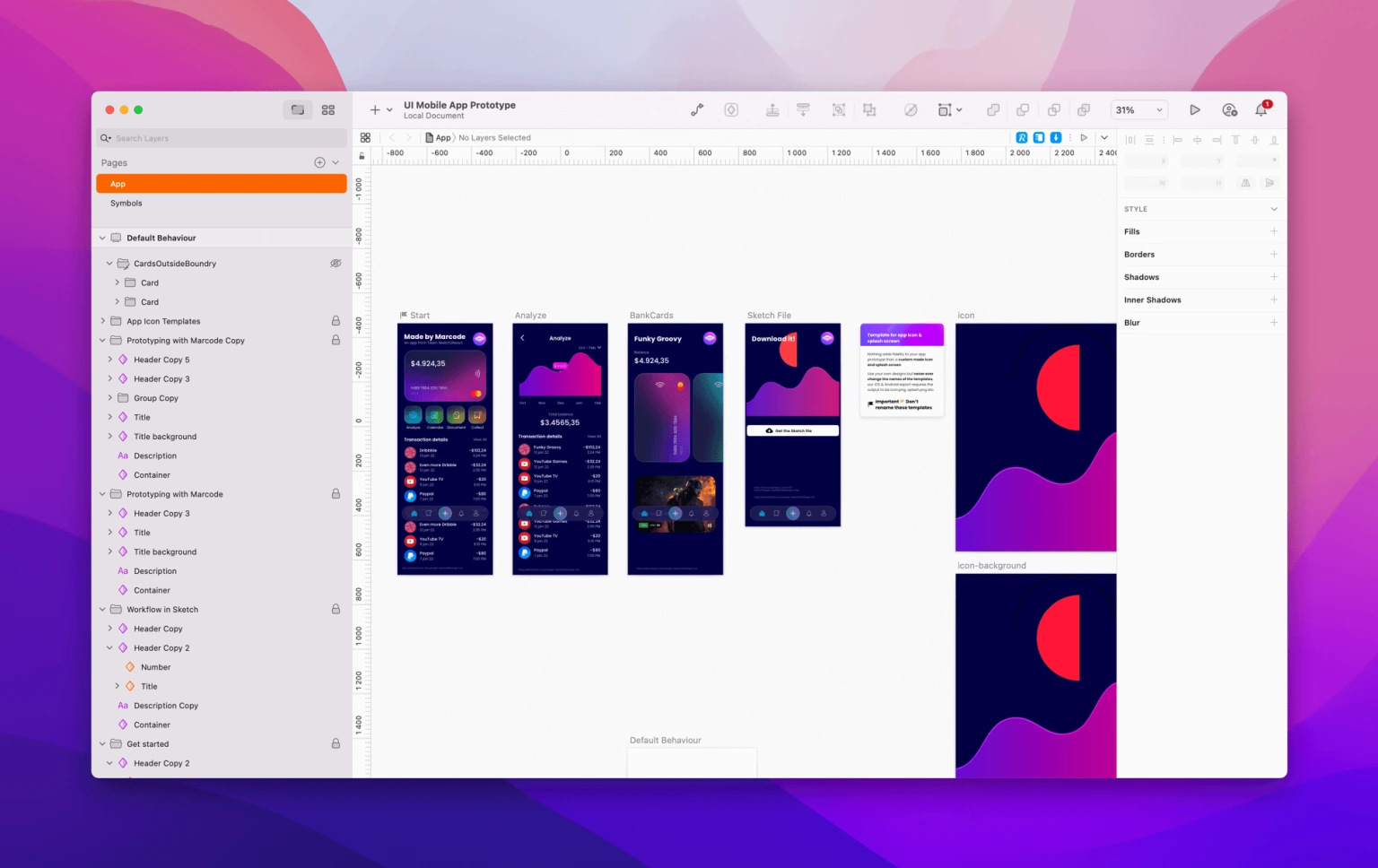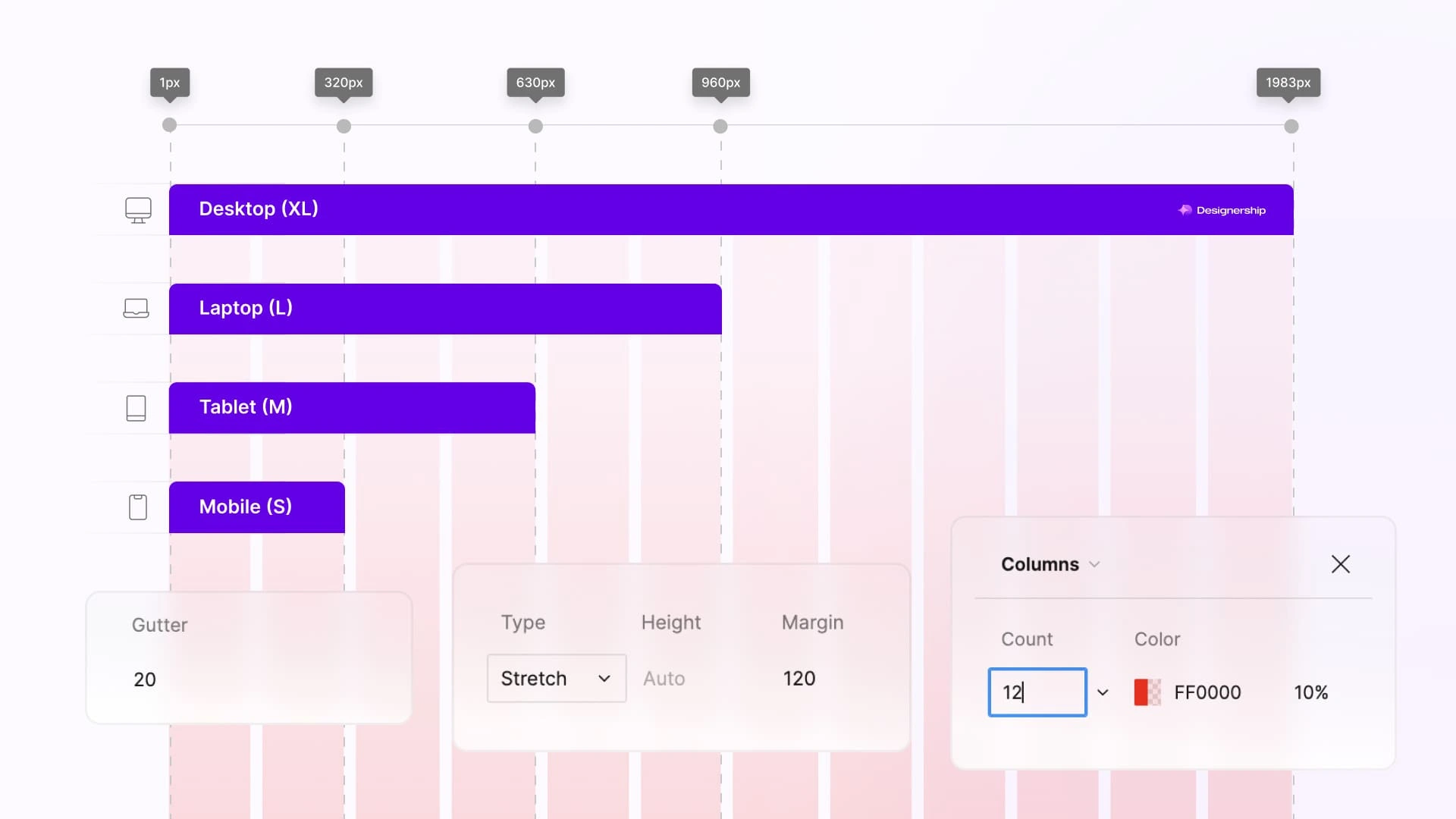How AI is Shaping the Future of UX/UI Design
The digital age demands seamless, intuitive experiences. As Gartner predicts that 85% of customer interactions will involve automated systems by 2025, user-centric design is now more important than ever. Yet, challenges such as fragmented workflows, inconsistent insights, and increasing project complexities persist.
Enter advanced tools—bridging gaps with data-driven capabilities that predict user behavior, enhance navigation, and accelerate design iterations. McKinsey reports that organizations utilizing these tools see a 32% revenue boost. Industries like healthcare, retail, and finance are already reaping the benefits. Retailers, for example, report a 40% jump in engagement through tailored, dynamic experiences. By merging creativity with functionality, these tools are setting new standards for innovation.
Game-Changing Features of Advanced Tools
Modern design platforms such as Figma, Adobe Sensei, and Sketch2React are revolutionizing UI/UX workflows by integrating cutting-edge features that enhance creativity and efficiency:
NLP Insights: Adobe Sensei leverages natural language processing (NLP) to analyze marketing and email-related data in a B2C context, focusing on website and mobile engagement. It provides suggestions for content improvement and highlights the most accessed touchpoints.
Computer Vision Automation: Sketch2React transforms sketches into responsive components, making designing much faster and more efficient.

Predictive Prototyping: AI-powered algorithms for predictive prototyping are still in the research stage. Predictive prototyping indicates advancements in personalization and faster delivery of product features to customers’ hands.
Transforming Design Workflows
Integrating advanced tools into workflows creates a seamless connection between creativity and technical execution. Key innovations include:
API Integration: Tools like Framer X embed live data into prototypes. This allows businesses to see live data during the design phase, which removes ambiguity around content and accelerates the decision-making process for stakeholders.
Automation Plugins: Figma’s plugins are designed to handle repetitive tasks. These plugins allow designers to quickly iterate and test designs with users.

Design-to-Code Efficiency: Platforms like v0.dev empower rapid prototyping, generating production-ready code.
From Static to Dynamic Prototypes
Prototyping has evolved from static mock-ups to dynamic, interactive designs that simulate real-world user interactions. These prototypes adapt based on user feedback, creating intuitive experiences. For instance:
Immersive Design: Tools like Unity and Unreal Engine optimize AR/VR interfaces, predicting user movements to enhance usability.
Behavioural Insights: AI-driven tools refine prototypes by analysing user behaviour, ensuring seamless navigation and engagement.
AI- Agents: Assist in designing layouts for designers by providing suggestions based on previous outputs and historical data.
This shift transforms ideas into living models that exceed user expectations through innovation.
Personalization: The Cornerstone of Modern Design
Personalized experiences are at the heart of today’s design. Adaptive interfaces dynamically respond to user behaviour, creating interactions that feel tailored and intuitive. Examples include:
Context-Aware Suggestions: AI refines user data to deliver relevant content or product recommendations.
Adaptive Interfaces: E-commerce platforms personalize layouts to prioritize frequent purchases or highlight tailored suggestions.
However, personalization must balance innovation with ethics. Secure data handling, GDPR compliance, and transparent algorithms foster user trust.
Collaborative Cloud-Based Platforms
Cloud-based AI platforms revolutionize team collaboration, ensuring efficiency and scalability:
Real-Time Collaboration: Platforms like Figma allow teams to work on designs simultaneously, reducing delays.
Version Control: Integrated systems track revisions, enhancing transparency and minimizing errors.
Scalability: Whether onboarding new team members or managing complex projects, cloud tools adapt seamlessly.
Addressing Challenges in AI-Driven Design
While AI offers immense opportunities, it also raises challenges that designers must navigate:
Algorithmic Fairness: Diverse datasets and bias detection tools ensure inclusivity.
Data Privacy: Compliance with GDPR and robust encryption protect sensitive user data.
Transparency: Explainable AI frameworks demystify decisions, building trust among stakeholders.
Human Oversight: Designers play a critical role in ensuring empathy and cultural relevance, bridging the gap between automation and human values.
Embracing the Future of UI/UX Design
The evolution of advanced tools is reshaping UI/UX, enabling businesses to deliver intuitive, adaptive experiences. Companies that adopt these tools can stay ahead by aligning innovation with user needs.
At CES, we empower businesses to leverage advanced design solutions, driving exceptional user experiences and long-term success. Reach out to us at marketing@cesltd.com to transform your design strategies today.
